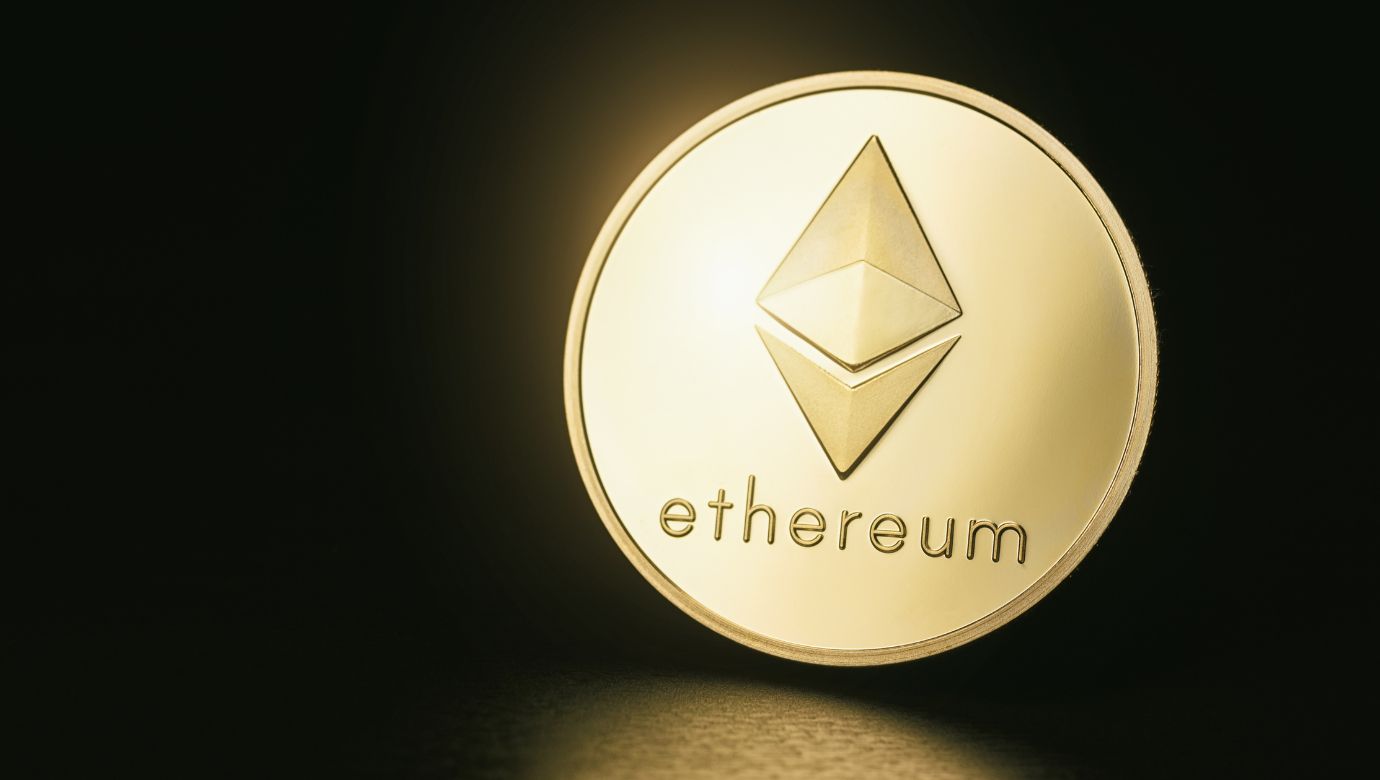Latest modifications to Ethereum’s roadmap have drawn criticism from some in the neighborhood. Taking to X on January 2, Justin Bons, the founding father of Cyber Capital, argues that eradicating the plan to extend layer-1 gasoline limits over time is a serious misstep.
Is Ethereum “Digging Its Personal Grave”?
Based on Bons, deciding to not pursue sharding and as an alternative counting on layer-2 platforms like Arbitrum, Base, and OP Mainnet will “progressively see Ethereum dig their very own grave.”
The founder added that eradicating the phrase “improve layer-1 gasoline limits” totally sends a transparent sign to the market that “Ethereum just isn’t scaling in any respect.” This choice, the founder continued, is a “punch to the intestine for early adopters” who supported Ethereum based mostly on the promise of scalability.
In Ethereum, the gasoline restrict defines the utmost quantity of gasoline utilized in a block. The upper it’s, the cheaper the price of mainnet transaction. This restrict has been elevated over time to assist decrease gasoline charges, particularly throughout bull markets. As of December, this restrict stood at 30 million gwei, in keeping with Etherscan data.

Bons additionally criticizes the Ethereum builders for referring to the chain as a “B2B” chain. By being an “enterprise chain” as implanted, it is going to value out regular customers in favor of “rent-seeking” layer-2s and builders who personal layer-2 tokens, harming the community in the long run.
Ought to Sharding, Not Layer-2s, Be A Precedence?
As deduced from the most recent Ethereum developer name, the objective is to make the community a number for layer-2s. These layer-2s are primarily powered by roll-ups and different variants, a few of which combine zero-knowledge proofs for higher privateness.
Technically, roll-up options contain rerouting transactions to off-chain platforms the place they’re sequenced, validated, and later confirmed on the mainnet. On this association, the mainnet, on this case, Ethereum, is relieved from the additional load–particularly in instances of excessive demand. Furthermore, customers take pleasure in decrease transaction charges than they might have transacted on the mainnet.
Even so, this route, Bons argues, will imply suspending sharding, although it’s a vital a part of Ethereum on-chain scaling. Sharding is a method that can assist Ethereum scale by splitting the mainnet into smaller items or shards.
These shards will function independently however shall be overly interconnected. On this approach, the mainnet will scale since these smaller chunks will course of transactions independently, serving to deliver down transaction charges.
Function picture from Canva, chart from TradingView

